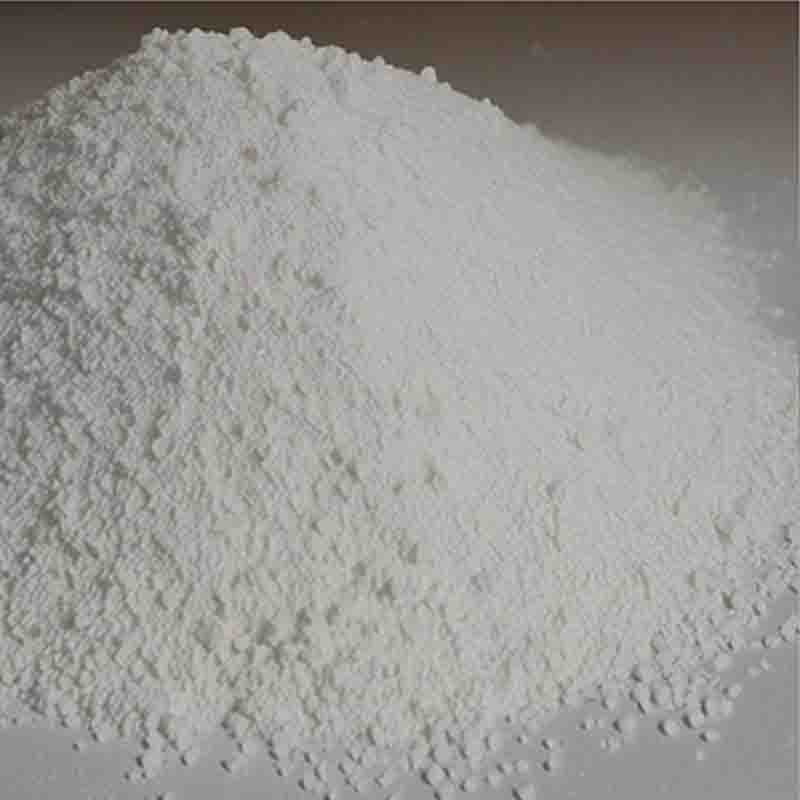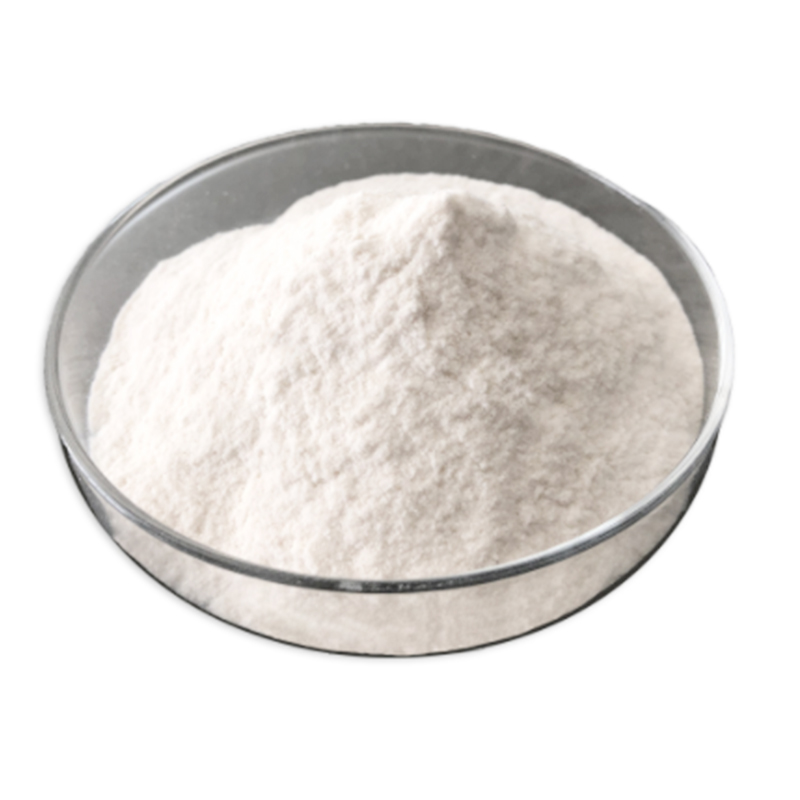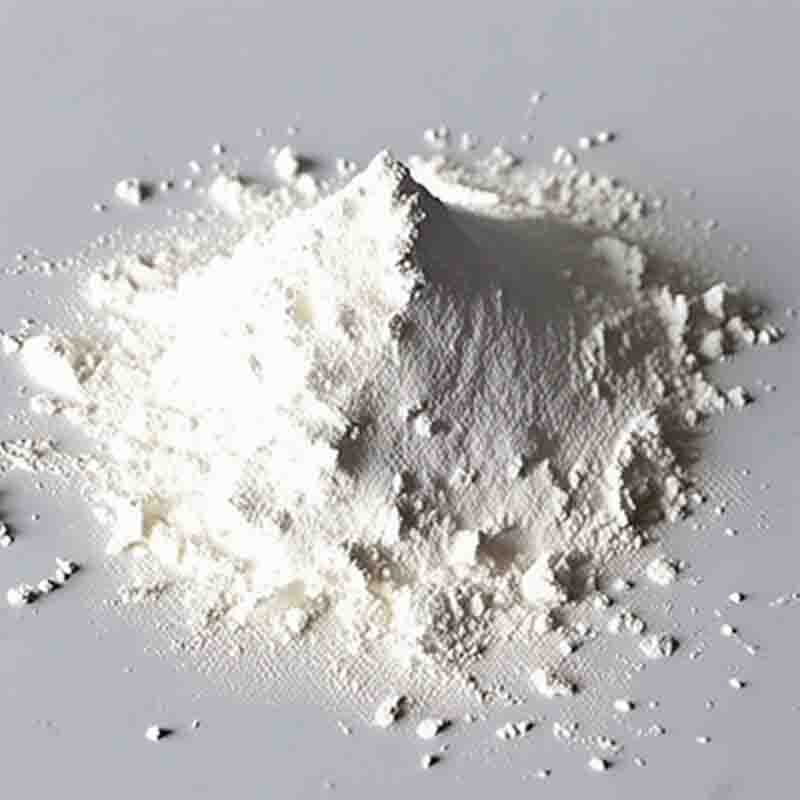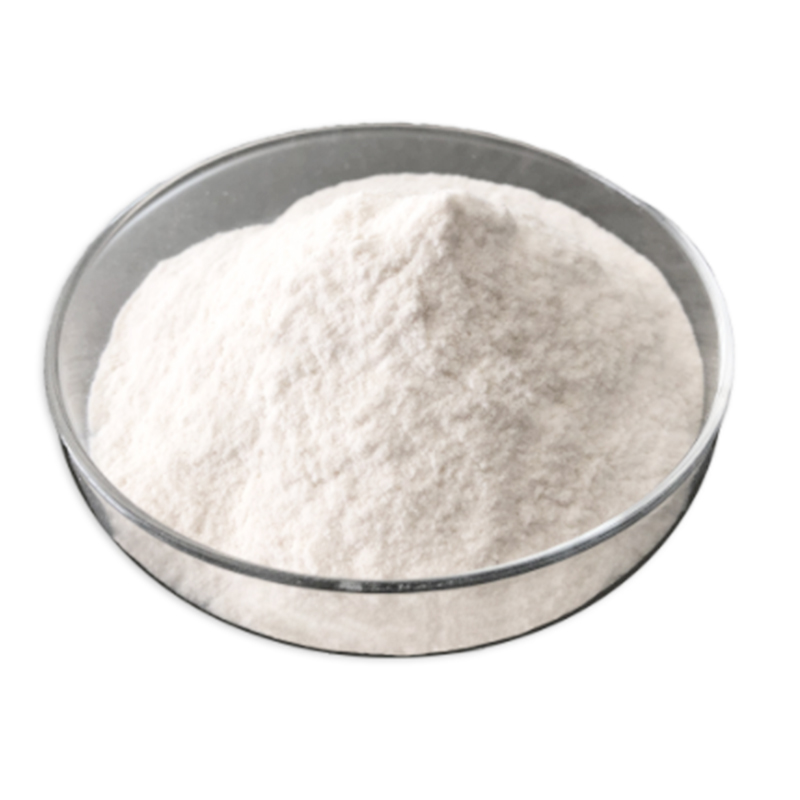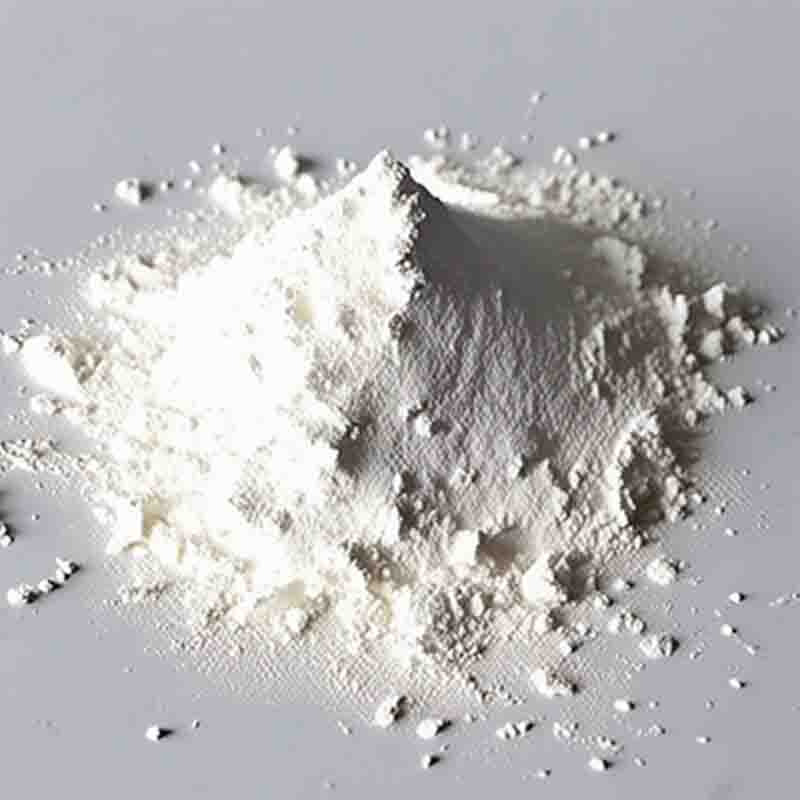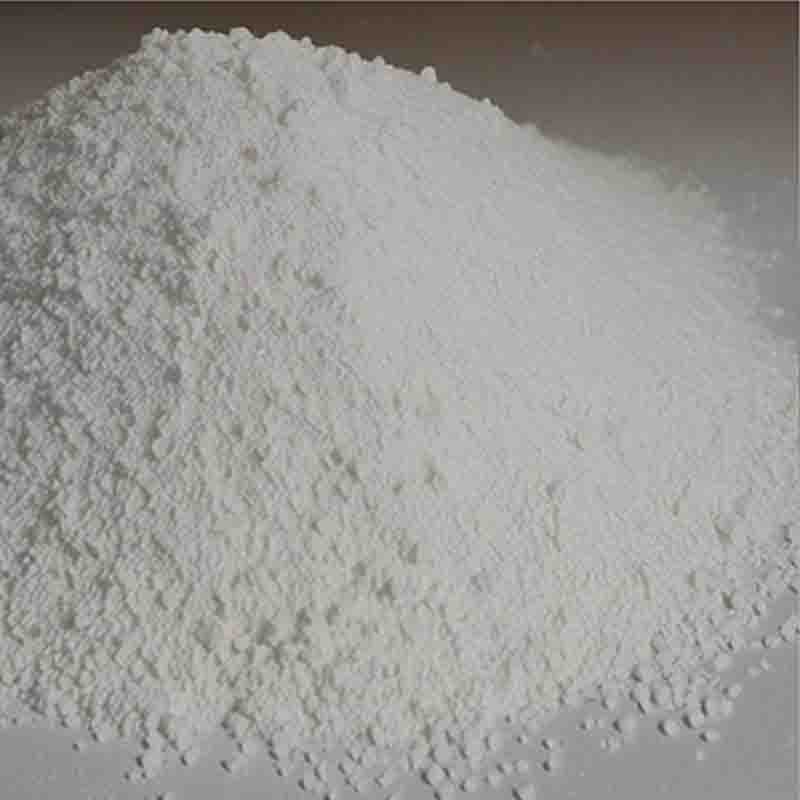ethyl2-bromo-4-methyl-1,3-thiazole-5-carboxylate CAS:22900-83-0
| Catalog Number | XD95895 |
| Product Name | ethyl2-bromo-4-methyl-1,3-thiazole-5-carboxylate |
| CAS | 22900-83-0 |
| Molecular Formula | C7H8BrNO2S |
| Molecular Weight | 250.11 |
| Storage Details | Ambient |
Product Specification
| Appearance | White powder |
| Assay | 99% min |
Ethyl2-bromo-4-methyl-1,3-thiazole-5-carboxylate, also known as EBMC, is a chemical compound with various applications in the pharmaceutical and chemical industries. In this 300-word essay, we will discuss the effects and potential implications of EBMC on humans and the environment.Firstly, EBMC has been widely used as an intermediate in the synthesis of pharmaceutical compounds. It plays a crucial role in the development of drugs targeting various diseases and conditions. Its ability to act as a building block for the synthesis of complex molecules has made it a valuable tool in drug discovery. The positive effect of EBMC in this regard lies in its ability to aid in the creation of potentially life-saving medications.In terms of safety, it is important to note that EBMC is a brominated compound. Brominated compounds, in general, have been associated with environmental concerns. During the manufacturing process or improper disposal, EBMC may contribute to brominated organic pollutants, which can persist in the environment and have potentially harmful impacts on ecosystems. Proper handling and disposal regulations should be followed to mitigate any negative effects on the environment.Regarding the effects on human health, detailed studies on EBMC are limited. However, it is essential to consider the general safety precautions associated with brominated compounds. Brominated compounds have been linked to potential endocrine-disrupting effects and adverse impacts on reproductive health. It is therefore advisable for individuals working with EBMC or products containing it to use appropriate protective equipment and adhere to safety guidelines.Additionally, as with any chemical compound, the potential for allergic reactions should be considered. Individuals who are sensitive or allergic to thiazole derivatives may experience skin irritations or allergic contact dermatitis when exposed to EBMC. Proper safety measures, such as wearing protective gloves and conducting patch tests, should be followed to minimize the risk of such adverse reactions.In conclusion, EBMC has proven to be a valuable compound in the pharmaceutical and chemical industries. Its versatility and role as a building block contribute to the development of new drugs. However, it is important to handle and dispose of EBMC properly to minimize any potential negative effects on the environment. Safety precautions should also be taken when working with EBMC to protect against potential allergic reactions. Further research on the effects of EBMC is necessary to fully understand its potential implications on human health and the environment.


